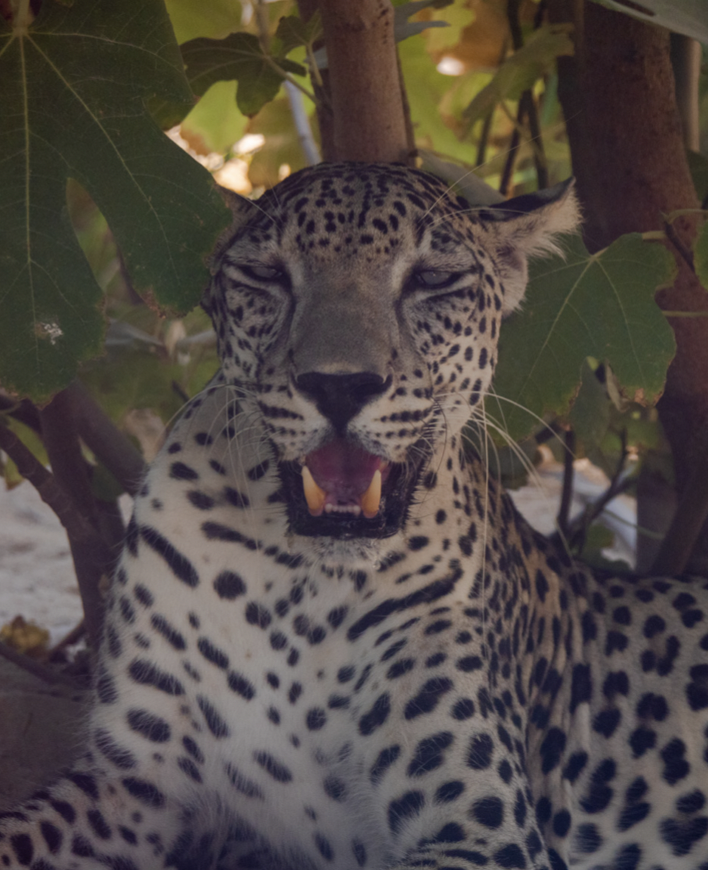Species in Peril:
Arabian Leopard

The world's smallest leopard
Least known of them all
The Arabian leopard is a subspecies of leopard which is the smallest compared to the other leopard species. Arabic peninsula specifically Saudi Arabia, Oman, Yemen, Israel, and Palestine are the native habitat for Arabian leopards.
Arabian leopards are usually seen in mountain ranges and deserts. They can be identified by their unique pale yellow, deep golden, tawny, and grey fur. They have powerful paws and claws which make them great mountain climbers.
They are solitary cats
Arabian leopards live in solitary, and they mark their territories by urine, faeces, and claw marks on trees. They have a lifespan of 12 to 15 years in the wild, which is less than the other leopards that live up to 23 years.
They reach sexual maturity at age 2-2.5 years old, and they reproduce sexually all year long but especially during the rainy season. Female leopards are called leopardess and they give birth to 1-4 cubs after a 95-96 days gestation period.
In Danger of Extinction
There are less than 200 Arabian leopards in the world which puts this species at higher risk of extinction. They are critically endangered since 1996 according to IUCN. There are many conservation and management plans that have been implemented to help protect this species.
Arabian leopards are threatened with habitat loss caused by human interference. This reduces the number of prey available for Arabian leopards.
As a result, Arabian leopards would attack livestock which would make shepherds hunt them. Also, Arabian leopards are hunted for their valuable fur and other body parts.
A Few More Facts About Arabian Leopards
- Main conservation plans for Arabian leopards are providing protective areas and captive breeding.
- Leopard cubs are born blind, and they start opening their eyes after 10 days.
- Males are larger and weigh 24-34 kg compared to females who weigh between 18-23.5 kg.
- They are carnivores and prey on the Nubian ibex, porcupines, foxes, rodents, mongoose, snakes, lizards, and hedgehogs.
- Arabian leopards previously inhibited Jordan, Egypt, Syria, and Lebanon, but they got extinct in these countries.
Species Name
Panthera Pardus Nior
Estimated Population
200 globally
Conservation Status
Critically endangered
Range
Saudi Arabia, Oman, Yemen and Israel
Reasons for Population Decline
Habitat loss
Human hunting
Lack of natural prey


